And thus, my first Ugly Skirt was born!
This is not intended as a timeline of garments with this article, as I will be speaking of them out of order because I want to start with where I began this journey. This was an evolution of thought that eventually got me back to a time period (Late Hallstatt/Early La Tene period) that was my original place of interest in the SCA when I joined over 30 years ago. Not that this article is not meant to be a comprehensive listing of possible skirts throughout early Scandinavia and Central Europe, nor is it a research paper. My hope here is to only highlight my preliminary work some of the things I have worked with so far in my exploration.
My Sort-of Huldremose Ugly Skirt
While early analysis of this find showed no plant fibres from a potential clothing layer, it was discovered later that there is indeed the possibility of a linen or nettle tabby-woven garment that existed between the wool layers and the skin. Unfortunately, we do not know if this garment’s construction is entirely conjectural because so little remains. (National Museum of Denmark; Gleba and Mannering, p35: Below images from National Museum of Denmark)
As mentioned, the waistband of the skirt was woven in one with the skirt body. Because of the difference in take up in weave between the belt and skirt body, the top is almost gathered in appearance. A leather cord was then drawn through holes in the belt to pull the waist in to large, chunky pleats that stand away from the body. This effect, even on my skirt with a more loosely woven ”waistband” is very pronounced and adds a great deal of girth to the waist inspiring my naming it the “Ugly Skirt”.
| Huldremose skirt and waist detail as well as my test skirt worn. Note how the pleats stand up in my hypothetical skirt. If the band were as dense as the original, they would stick even further out. The plaid I chose is entirely wrong for the period as well (the items from the grave were 2 color and this one has 4 shades at least). |
From Krogens Mølle Mose, Denmark, there is another bog body of a woman that had a length of cloth in 2/2 twill that would have been 3.68 meters. In Ancient Danish Textiles from bogs and burials, Hald posits that this might also have been a skirt such as the one found of Huldremose. This find dates from 399-207BCE. (Mannering, et al, Dating, p265)
One of the more famous skirt finds, that is from a similar time period that contains a skirt is one of the more Lonne Hede graves, from 92BCE-77CE Denmark. While a couple of graves from Lonne Hede have the possibility of a short peplos similar to the Hammerum garment, grave 1969, the “Lonne Hede Maiden”, seems to have a peplos type top with what they originally thought was a wrapped kilt-style skirt. It was much more recently determined to not, in fact, be wrapped at all, but rather was a closed tube as traces of stitching have been found. Like the Huldremose skirt, there was a string used to form 2cm deep pleats at the waist. The tabby waistband was stitched on after the fabric was woven, unlike the Huldremose garment where it was integral. (Demant, Lonne Hede, p229-231). We do not know the circumference of the garment because not enough has been preserved.
There was also a woman’s skirt from Damendorf was 2.1 meters long and .85 meters wide that dates to the Pre-Roman Iron Age in Germany as well. It also has prominent pleats at the top.
For my skirt I choose a twill wool from my stash that is slightly more fine that the original, though the type of plaid (and number of colors used) does not match well with finds of the period. The tabby wasitband that I wove and sewed on is not as stiff as the tablet woven band on the original, which makes the pleats lay slightly more flat than they historically would have (in other words, the original is much Uglier). I did attempt to recreate a bit of the effect of the original draw-in of the waistband as I stitched it to the skirt. With the leather cord and pleats, this skirt sits fine at the waist and does little in the way of shifting. It is exceptionally functional, if Ugly.
If there is further interest in the Migration Period specifically, I have a bibliography here: http://awanderingelf.weebly.com/resources-migration-era.html
Below are additional photos of my hybrid Huldremose-Lonne Hede skirt that needs the seam completed.
Bronze Age Ugly Skirts
It is believed these skirts were held up by belts or cords and there is no presence of dyestuffs in these early finds in Scandinavia, rather naturally pigmented wool was used.
Borremose III dates from roughly 770 BCE and has a “skirt” of woolen twill that while displayed at waist length on manikins in museums, was pulled up under the arms in the burial. It was 180 by 120 cm. It had remains of a leather strip as a fastener, as well as holes through which it had passed. With the original layout of this garment in the grave, I wonder did it indeed represent a skirt, or rather some sort of simple dress, or merely something with which to cover the body?
I have only tested this bulky tubular style out in linen, including both mid and heavy weights. They function well if the top of the skirt is pulled up over the belt and left to drape down a fair bit. When using linen, I will warn that you want a wool belt (or leather as I wear with my Celtic kit, you need the grip of the wool textile to help hold the bulk of the skirt up.). My skirts are also not as wide as these extant items. I do intend at some point to test one out in heavier wool.
There is another skirt type from the Bronze Age in Denmark and that is the famous corded skirt seen on the Egtved girl. Traces of 30 of these types of skirts have been found. These skirts are short and formed with cords suspended from a waistband and wrap around the body. Because this does not fit the longer skirts I was modeling after, and because this represents a wrapped style, I did not use it as a basis for my own work here. I do have a bibliography for these finds that can be found here: http://awanderingelf.weebly.com/iron-age-celtic-studies/egtved-bibliography
The Final Leap – Possible Celtic Ugly Skirts?
We start to see what might possibly be skirts in Bronze Age figures which indicate a narrow waist with a full hemline. Example from Lower Danube from Art of Prehistoric Textile Making. In “Visions of Dress” Bronze Age clothing is explored with various textile arrangements, including one the authors label the “Nordic Type” which includes a Danish style skirt. Also discussed is a dress type garment, a peplos and a hypothetical wrap-dress.
As mentioned, my first Skirt was of the Huldremose/Lonne Hede type, with a waistband and cord passing through it to form stiff pleats.
I then made several tubular skirts in varying weights of linen for use at Pennsic. I was testing them out, as mentioned before, with various types of belts. Wool belts, especially those that at not ”slick” perform well with a linen skirt and would perform even better with a wool one. I tried both a tablet woven band and a sash type belt (based on the numerous sash-like woven bands found at Hallstatt) and preferred the later for the most part.
The other belt type that works exceptionally well is a metal belt that I styled after Hallstatt. Mine (and many reproductions) has a leather base, but a layered textile base is also a possibility. This worked exceedingly well to prevent unnecessary skirt twisting or migration. The wool sash I wove also works very well with this wool skirt, and is more practical for a working environment.
- Simple, no-waste cutting
- Skirt would have enough ”fold” over the top to keep secure in the belt, but no so much as to obscure it. This works better with wool than it did with mid-weight linen.
- Skirt is short enough to show ankles (as seen in many of the illustrations, but also the prevalence of ankle rings in many graves could indicate wanting to show that wealth)
- Skirt has to be wide enough to allow for growth of a baby. In period you likely only had a garment or two and they would need to allow for life changes. My blue wool one could stand to be about a foot wider, while the linen one I made is closer to what I think would be the minimal needed to be effective in that regard.
- For the wool skirt I adorned the top with fingerloop braid (as seen at Hallstatt) and a tabby woven ribbon at the hem (also seen at Hallstatt)
- I consider this Early Celtic skirt to be plausible (at least for Hallstatt or early La Tene periods in Central Europe), though I don’t know that I would push it into the category of “likely” at this time
- Simple cropped blouses based on those found in Denmark (I actually like these the least because there is more slip between my skin and the skirt than with a longer shirt).
- Narrow tunics of varying lengths, often with tapered or 3/4 length sleeves. Some of these come to mid-thigh on me, some are longer with venting from knee to a mid-calf hem to allow range of movement. The bodies are rectangular and have no gores and are just wide enough to accommodate my hips without being snug.
- Chiton style garments (sleeveless, rectangular dresses, a neckline with no curve, just and opening in the top) and holes for my arms to pass through. I really like the lack of sleeves for Pennsic heat and keep these to just below the keen or shorter.
- I even tried a skirt over a peplos…. It only “worked” with the boxy Bronze Age Danish ones, but it was a lot going on. With a narrower peplos as we see from Hammerum, it might work rather pleasantly.
Partial Bibliography
- Bergerbrant, Sophie. ”Ordinary or Extraoirdinary? Redressing the Problem of the Bronze Age Corded Skirt”, Current Swedish Archaeology, 2014. https://www.researchgate.net/publication/270684610_Ordinary_or_Extraordinary_Redressing_the_Problem_of_the_Bronze_Age_Corded_Skirt
- Demant, Ida, Lene B. Frandsen, Lise Ræder Knudsen, Tine Lorange, Annemette Bruselius Scharff, Ina Vanden Berghe, Irene Skals, Ulla Lund Hansen and Ulla Mannering. “Lønne Hede – an Early Roman Iron Age burial site with well-preserved textiles”, Bericht RGK 99, 2018. https://www.academia.edu/80240730/L%C3%B8nne_Hede_an_Early_Roman_Iron_Age_burial_site_with_well_preserved_textiles
- Demant, Ida. “The poor people from Lønne Hede - Presentation of first century-graves with preserved textiles”, NESAT 9: Archaeological Textiles, Braunwald, 18-20 May 2005.
- Frei, Karin Margarita, Irene Skals, Margarita Gleba and Henriette Lyngstrøm. “The Huldremose Iron Age textiles, Denmark: an attempt to define their provenance applying the strontium isotope system”, Journal of Archaeologial Science, 2009.
- Frei, Karin Margarita, et all. “A matter of months: High precision migration chronology of a Bronze Age female”, PLoS One, 2017. https://www.ncbi.nlm.nih.gov/pmc/articles/PMC5459461/
- Gleba, Margarita and Ulla Mannering. “Thread to the past: The Huldremose Woman Revisited”, Archaeological Textiles Newsleter, 2010.
- Grömer, Karina. The Art of Prehistoric Textile Making, Natural History Museum, 2016. https://library.oapen.org/handle/20.500.12657/32825
- Grömer, Karina. Textiles from Hallstatt, Oxbow Books, 2013. https://tinyurl.com/yc3tkmzy
- Grömer, Karina, Helga Rösel-Mautendorfer, and Lise Bender Jørgensen. “Visions of Dress, Recreating Bronze Age Clothing from the Danubian Region”, Textile Volume 11/3, 2013. https://www.academia.edu/10762573/Visions_of_Dress._Recreating_Bronze_Age_Clothing_from_the_Danube_Region
- Hald, Margarethe. Ancient Danish Textiles from Bogs and Burials; Nationalmuseets skrifter. Arkæologisk-historisk række ; v.21, National Museum of Denmark, 1980. https://tinyurl.com/3j5xpy2r
- Mannering, Ulla. “Textiles and Clothing Traditions in Early Iron Age Denmark” Origini XL, 2017.
- Mannering, Ulla, Göran Possnert, Jan Heinemeier and Margareta Gleba. “Dating Danish textiles and skins from bog finds by means of 14C AMS”, Journal of Archaeological Science 37, 2010. (Notes: This article applies new dates to some of the items covered in Hald’s work on Danish bogs and burials.)
- Munksgaard, Elisabeth and Else Østergaard. “Textiles and Costume from Lønne Hede, an Early Roman Iron Age Burial”, NESAT 2: Archaeological Textiles: Report from the 2nd NESAT Symposium, 1998.
- Munksgaard, Elisabeth. “Bog Bodies – a Brief Survey of Interpretations”, Danish Journal of Archaeology, Volume 3, 1984.
- The National Museum of Denmark. “The Huldremose Woman’s Clothes”. https://en.natmus.dk/historical-knowledge/denmark/prehistoric-period-until-1050-ad/the-early-iron-age/the-woman-from-huldremose/the-huldremose-womans-clothes/
- von Kurzynski, Katharina. "--und ihre Hosen nennen sie 'bracas'": Textilfunde und Textiltechnologie der Hallstatt- und Latènezeit und ihr Kontext, M. Leidorf, 1996. https://tinyurl.com/4vrd4dy5
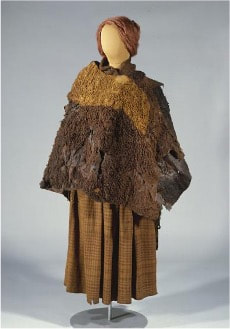
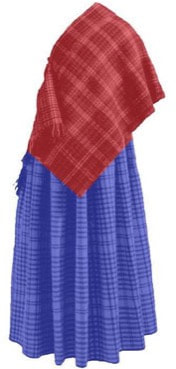
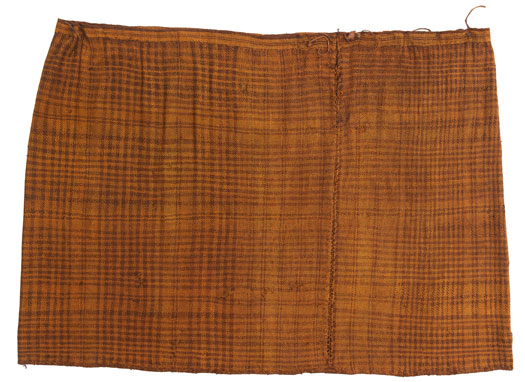
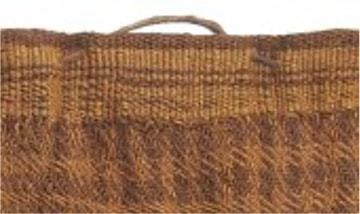
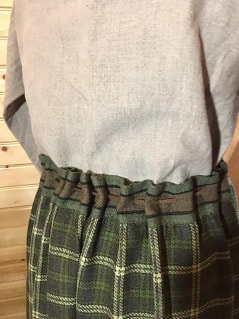
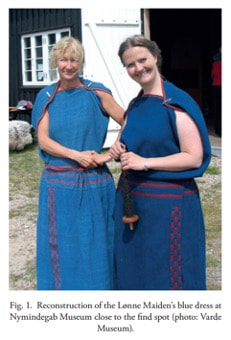
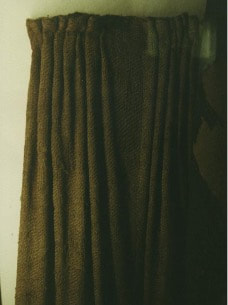
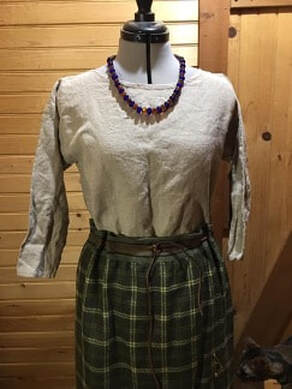
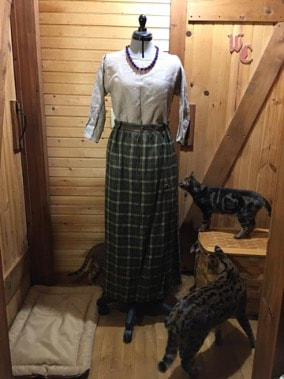
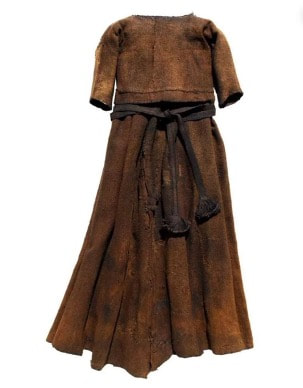
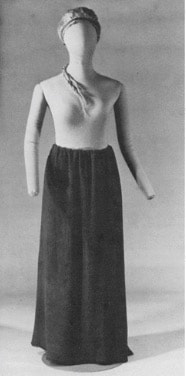
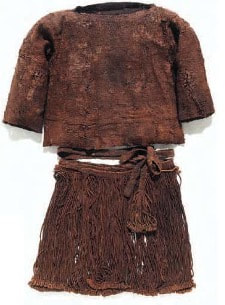
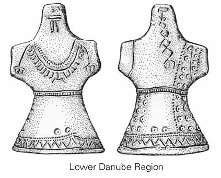

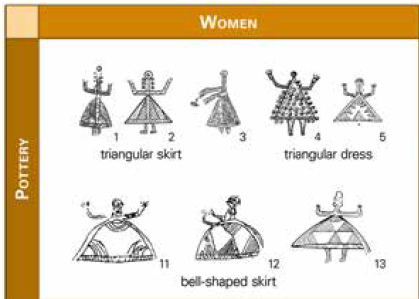
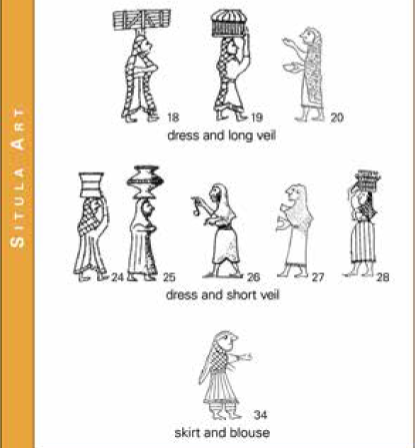
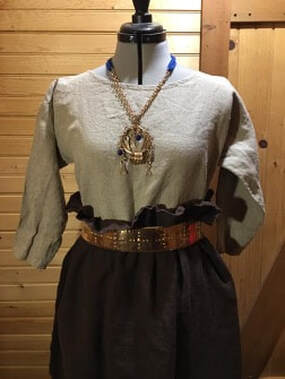
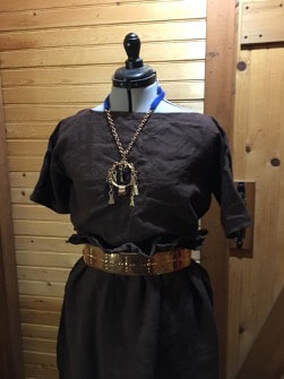
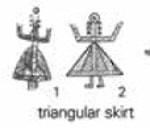
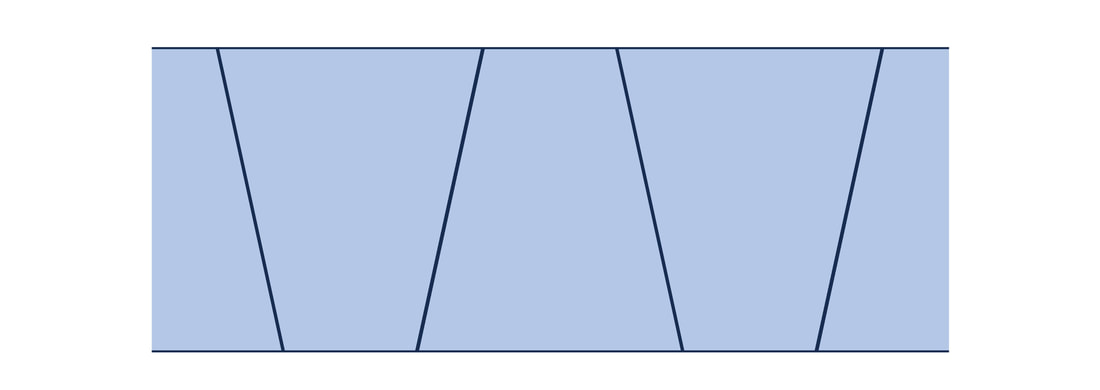
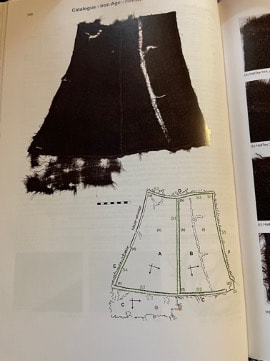
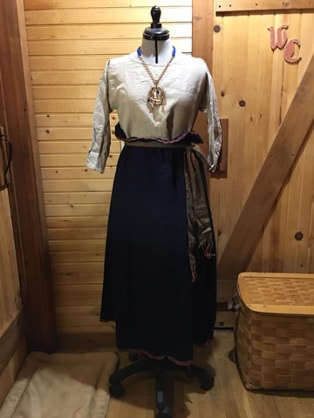
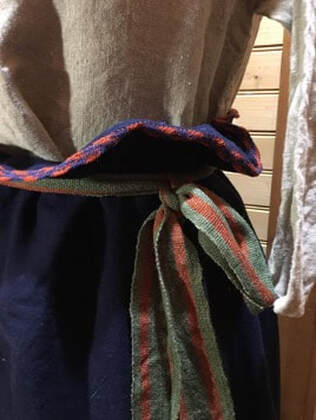
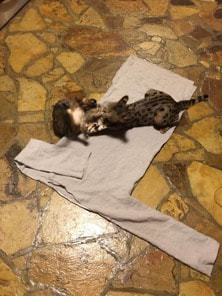
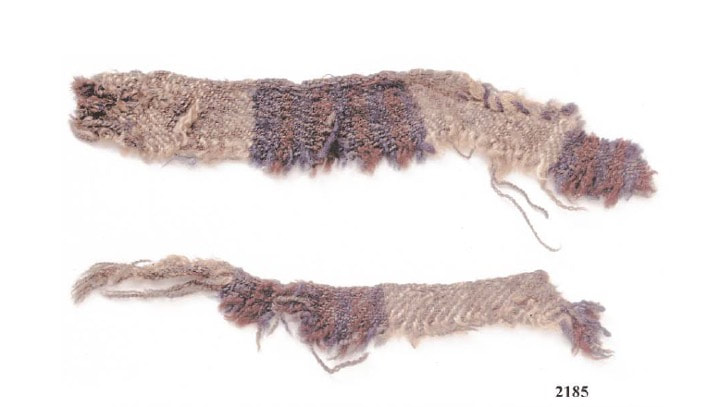
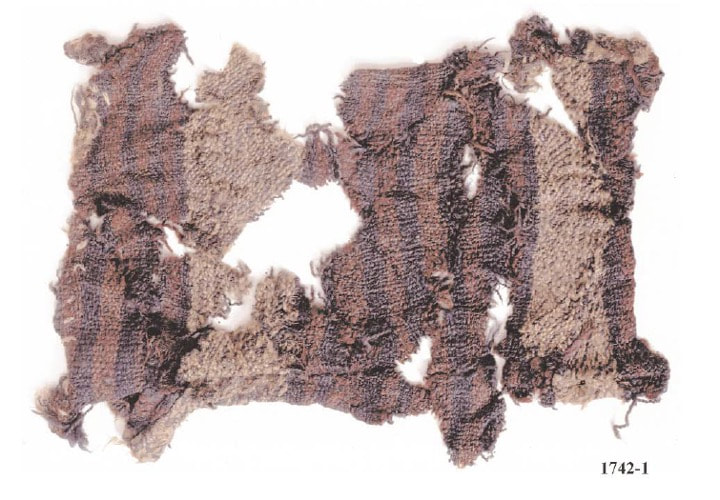
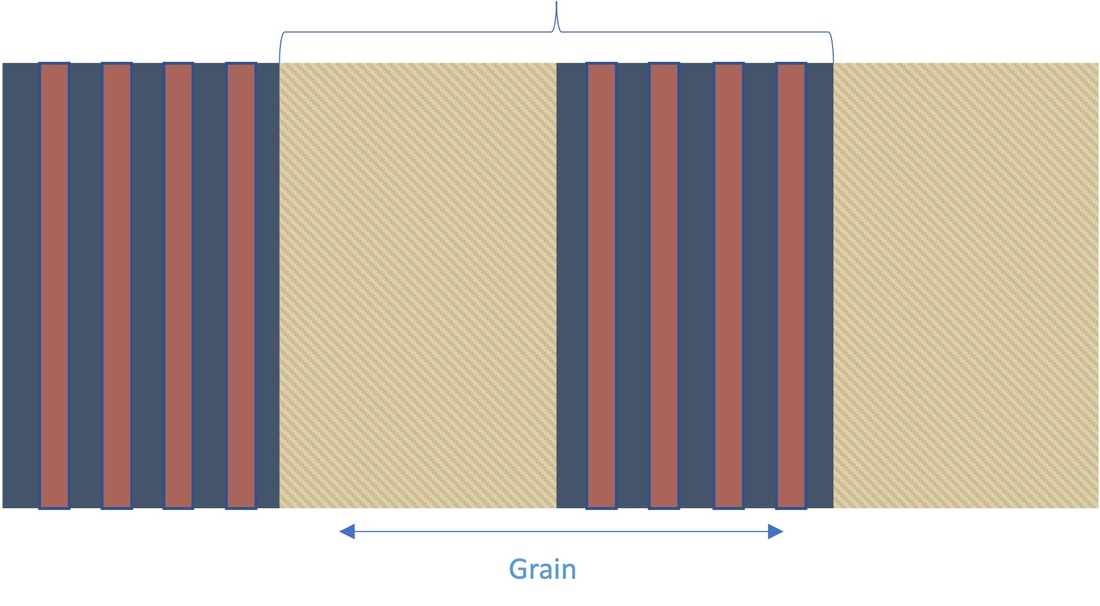
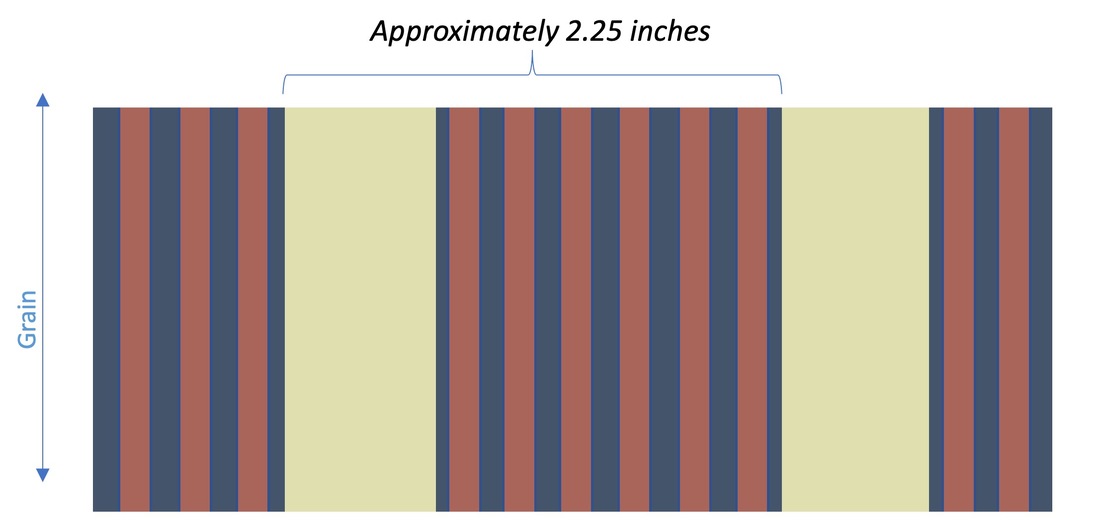
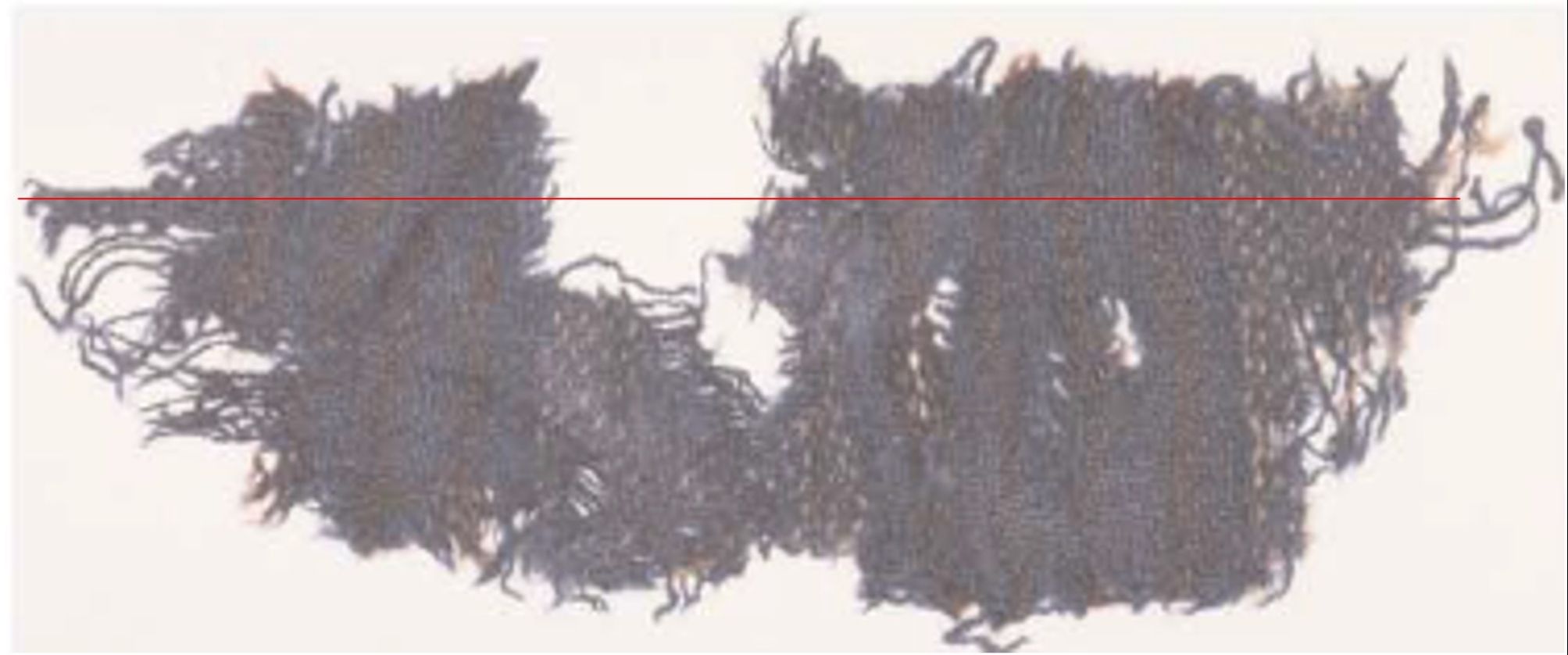
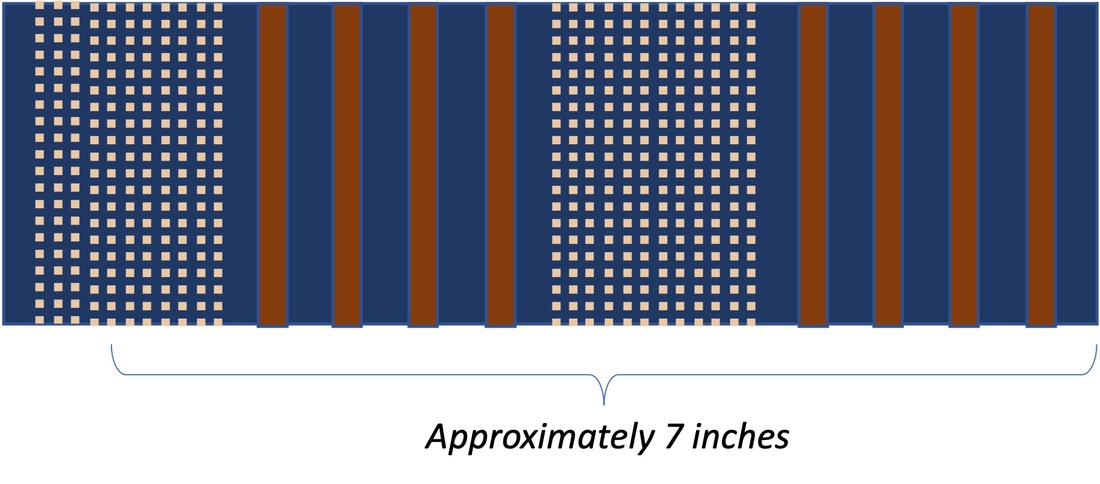
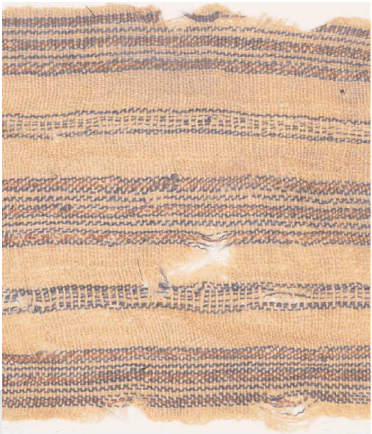
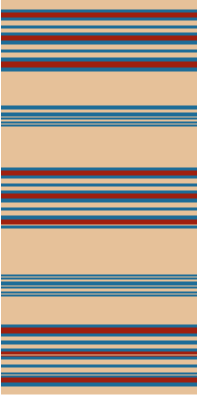
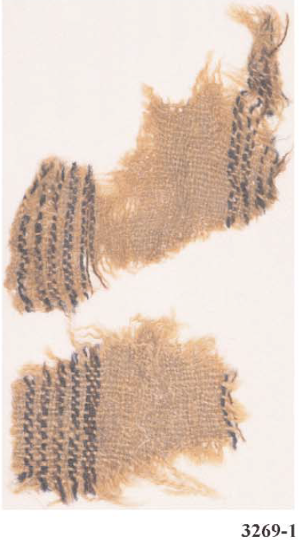
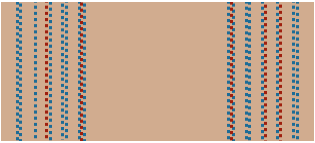
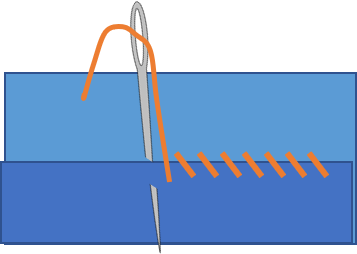
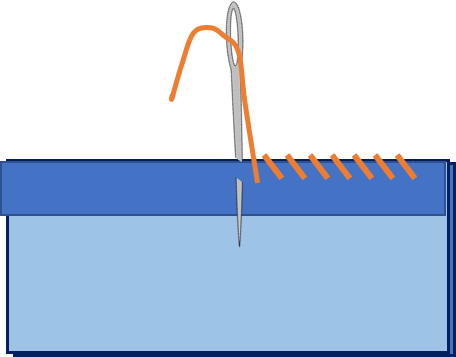
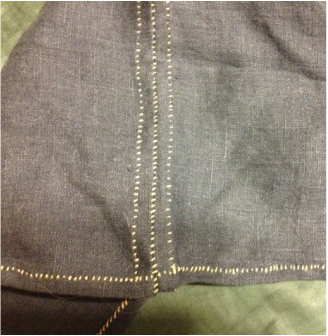
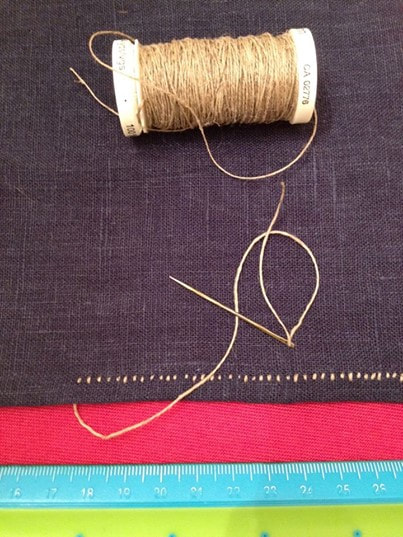
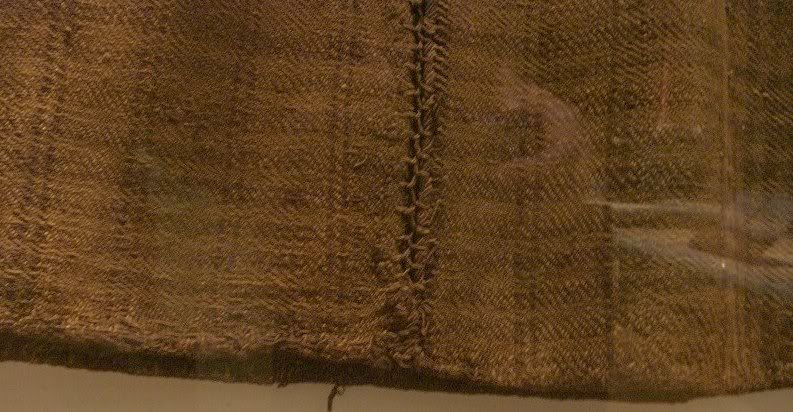
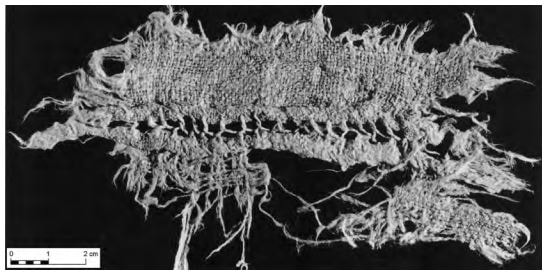
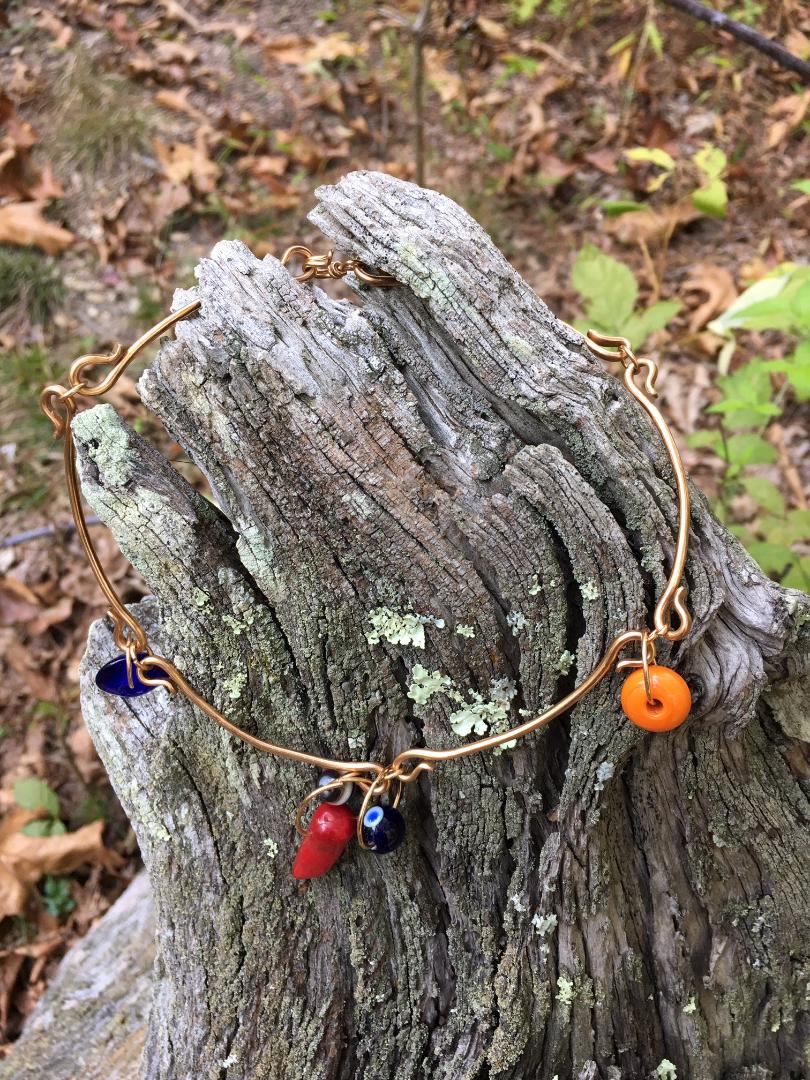
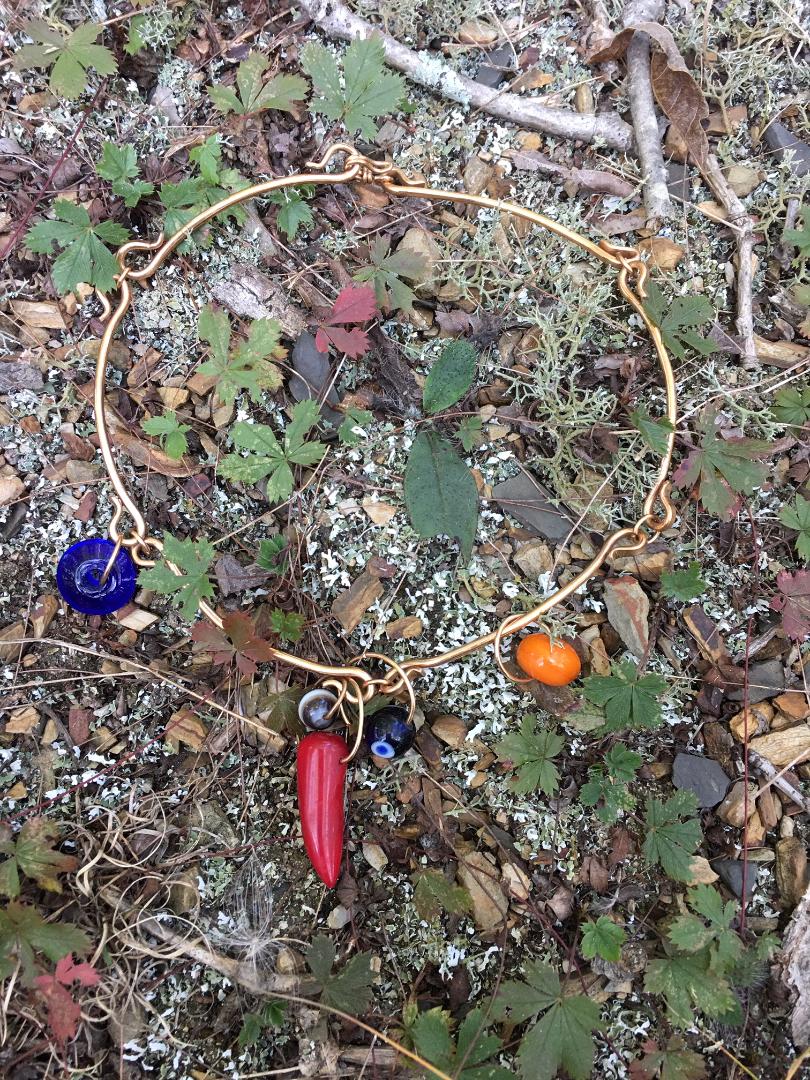
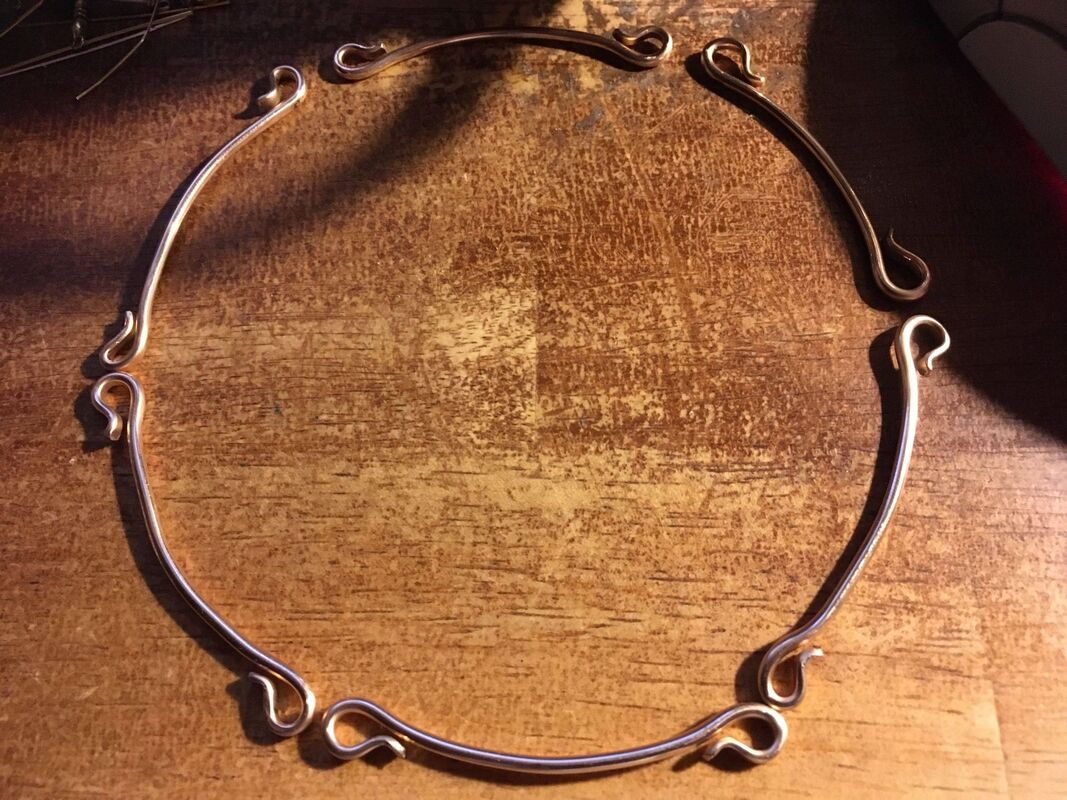
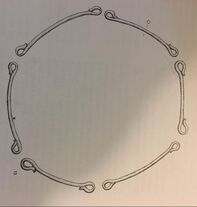
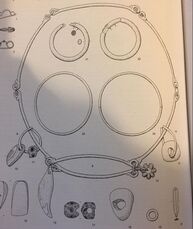
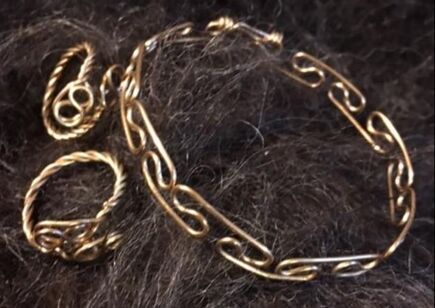
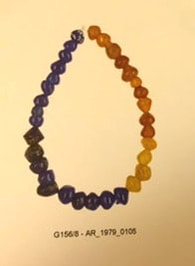
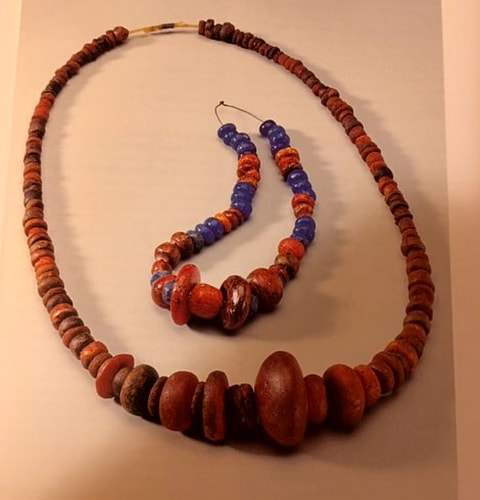
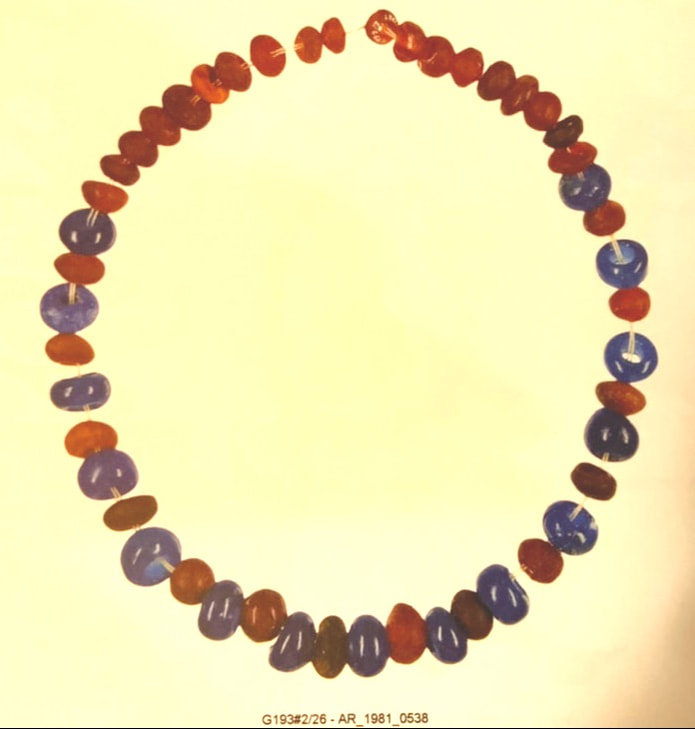
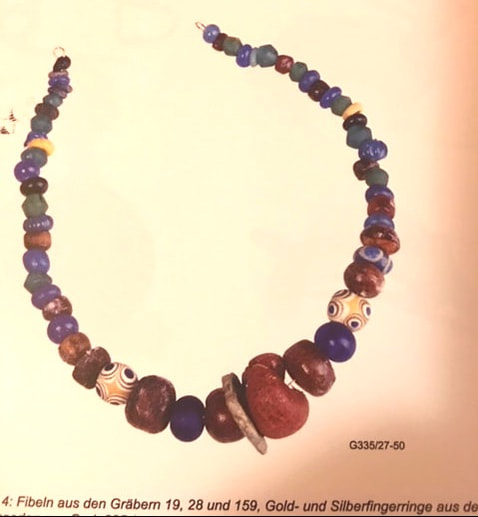
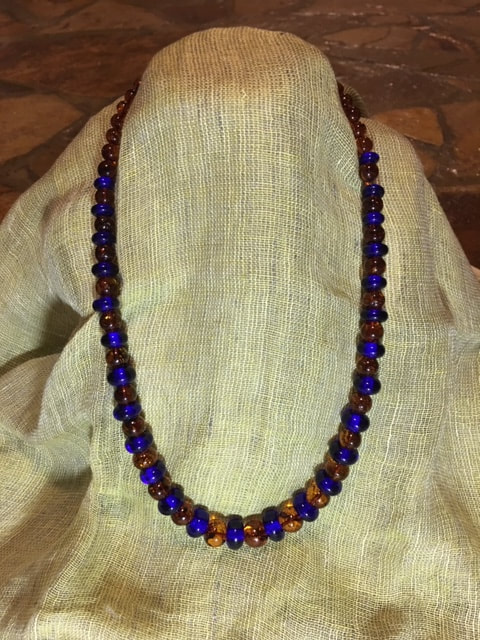
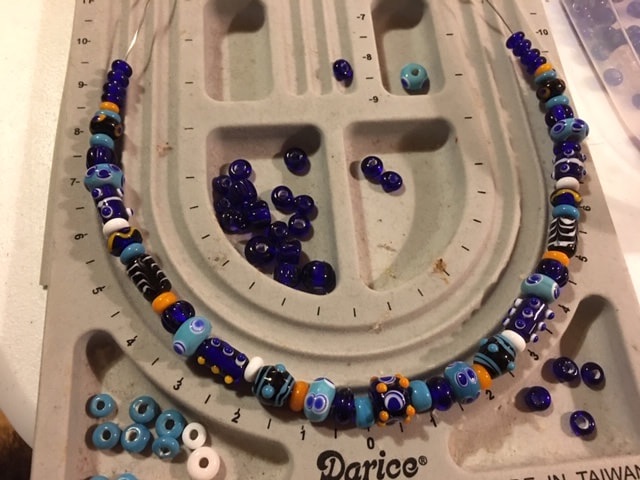
 RSS Feed
RSS Feed